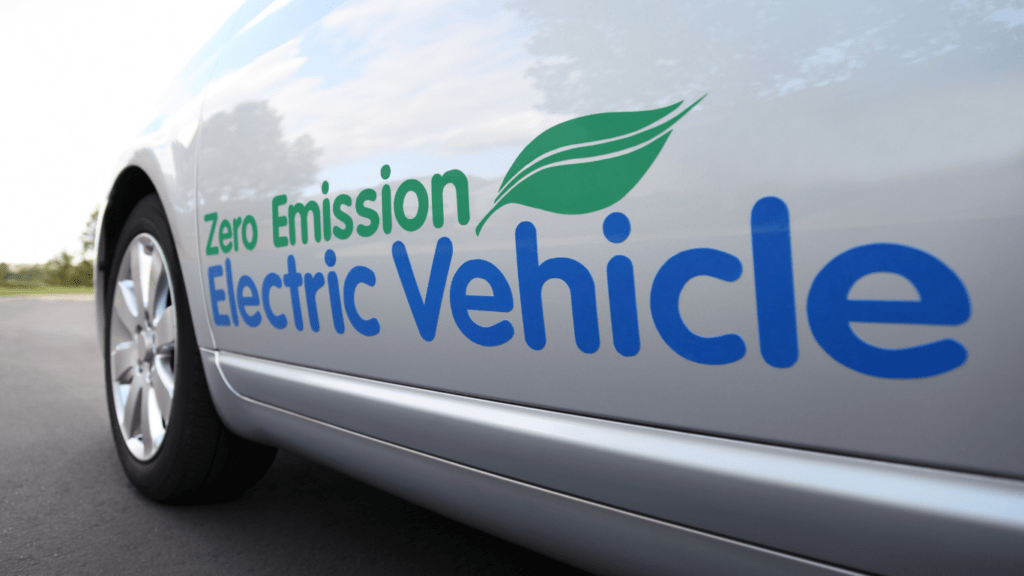The Rise Of Electric Vehicles
Electric vehicles (EVs) are reshaping the future of transportation, offering a sustainable alternative to traditional internal combustion engine vehicles. Their increasing adoption highlights technological progress and a shift toward greener energy sources.
Advancements In Battery Technology
Battery technology has made EVs more efficient and accessible. Lithium-ion batteries, with higher energy density and lower costs, have propelled EV ranges beyond 300 miles on a single charge. Solid-state batteries, currently in development, promise faster charging times, improved safety, and significantly increased storage capacity. By reducing reliance on rare earth materials, researchers are also improving the sustainability of battery production.
The Role Of Renewable Energy Integration
EVs contribute to environmental sustainability when paired with renewable energy sources. Fast-growing solar and wind energy installations enable clean, efficient charging at lower costs. Vehicle-to-grid (V2G) technology lets EVs store surplus renewable energy and feed it back into the grid during peak demand. This integration strengthens the relationship between EVs and carbon-neutral energy systems.
Key Benefits And Challenges
EV adoption reduces:
- greenhouse gas emissions
- improves air quality
- lowers operating costs
Electric engines, with fewer moving parts, require less maintenance compared to gas-powered vehicles. However, challenges include limited charging infrastructure, longer refueling times, and supply chain constraints for raw materials like cobalt and lithium. Addressing these issues is critical to supporting the continued growth of EV markets worldwide.
Flying Cars: A New Era Of Mobility

Flying cars are transitioning from speculative concepts to tangible innovations. With advancements in technology and infrastructure, these vehicles promise to redefine personal and urban mobility.
Current Developments In Flying Car Technology
Leading manufacturers and startups are unveiling prototypes and conducting test flights for flying cars. Companies like Joby Aviation, AeroMobil, and Terrafugia are designing electric vertical take-off and landing (eVTOL) vehicles, capable of operating as both road-ready cars and flying machines. Many models achieve flight speeds up to 200 mph and distances exceeding 150 miles per charge.
Battery optimization and lightweight materials are central to improving performance. Autonomous navigation systems are integrated to enhance safety and reduce human error in flight. Partnerships between automotive and aerospace industries further accelerate innovation, bringing these vehicles closer to commercialization.
Regulatory And Safety Considerations
- Government agencies and industry stakeholders are collaborating to establish policies and frameworks for flying cars.
- The Federal Aviation Administration (FAA) in the US and the European Union Aviation Safety Agency (EASA) are drafting airworthiness standards, pilot certifications, and traffic management systems for low-altitude airspace.
- Safety remains a priority.
- Developers are designing multiple fail-safe mechanisms, such as parachutes and redundant power systems, to address potential failures.
- Noise reduction technologies are also being employed to meet urban noise regulations, ensuring feasible integration into cities.
Urban Planning For Aerial Transport
Urban planners are preparing for the infrastructural demands of flying cars. Vertiports and landing pads are essential for take-off, landing, and charging, particularly in densely populated areas. Cities are exploring transit hubs combining ground and aerial transport systems.
Efforts are underway to manage air traffic in urban skies, integrating existing drone and eVTOL operations with future flying car networks. Planning incorporates sustainability goals, minimizing environmental impacts through renewable energy-powered charging stations and eco-friendly construction materials.
Comparing Electric Vehicles And Flying Cars
Electric vehicles (EVs) and flying cars represent transformative innovations, each addressing distinct aspects of modern transportation. While EVs focus on sustainable ground mobility, flying cars introduce new dimensions to urban and regional travel.
Potential Synergies Between The Two
Both technologies leverage electric propulsion systems to reduce reliance on fossil fuels. EV advancements, such as battery improvements and energy efficiency, directly benefit flying cars, particularly eVTOL vehicles. Shared research in lightweight materials and aerodynamics enhances performance for both sectors.
Infrastructure integration offers additional synergies. Charging stations developed for EVs could be adapted to support flying cars, fostering a unified network for energy distribution. For instance, vertiports, designed for eVTOL operations, may include EV chargers to streamline intermodal transportation.
Environmental Impacts And Sustainability
EVs contribute to sustainability through lower greenhouse gas emissions, improved energy efficiency, and reduced air pollution. Their use of renewable energy sources, such as solar-integrated charging, minimizes environmental footprints.
Flying cars, especially electric models, aim for similar environmental benefits but face unique challenges. High energy consumption during vertical take-offs and landings could negate emissions reductions if powered by non-renewable sources. Collaboration with EV industries on battery innovation minimizes this impact.
Both technologies support broader adoption of clean energy while promoting sustainable urbanization.
The Role Of Governments And Industry
Governments and industries play pivotal roles in advancing electric vehicles (EVs) and flying cars. Their collaborative efforts shape the regulatory frameworks, innovation support, and infrastructure development essential for these technologies.
Funding And Incentives For Innovation
Governments allocate significant funds to support EV and eVTOL innovation. For example, the US allocated over $7 billion in the 2021 Infrastructure Investment and Jobs Act for EV charging network expansion. Incentives like tax credits, rebates, and grants reduce costs for manufacturers and consumers, boosting adoption rates. Industry stakeholders also invest in research, fueling advancements in battery technology and electric propulsion systems. By providing subsidies and grants, governments stimulate the development of lower-cost, energy-dense batteries, benefiting both land and air-based electric transportation.
Collaboration Between Public And Private Sectors
Strong partnerships between public entities and private companies accelerate progress. Governments provide regulatory support, while private firms drive technological development. For instance, NASA is working with private aerospace companies to establish air traffic management systems for eVTOL operations. Policymakers and EV manufacturers like Tesla and VW collaborate on creating charging standards, ensuring infrastructure compatibility. Public-private initiatives, such as urban pilot programs, integrate EVs and flying cars into city planning, addressing safety, energy distribution, and consumer accessibility challenges.





